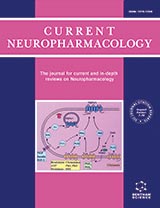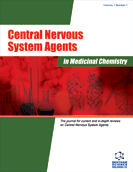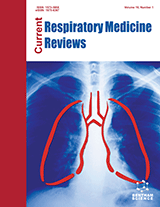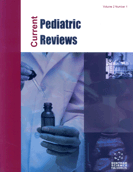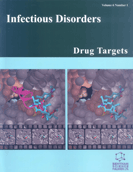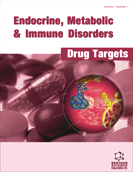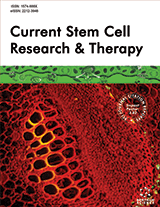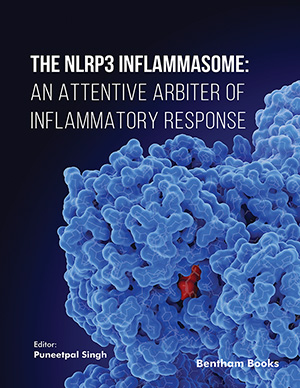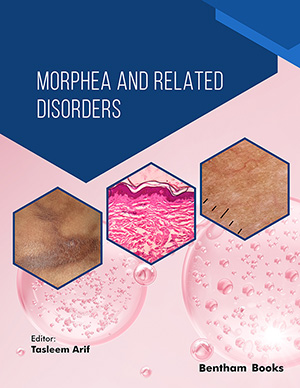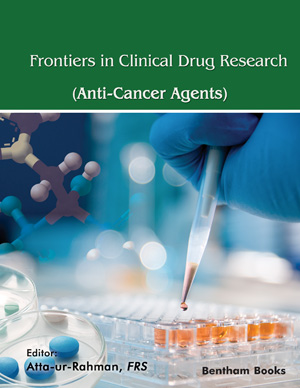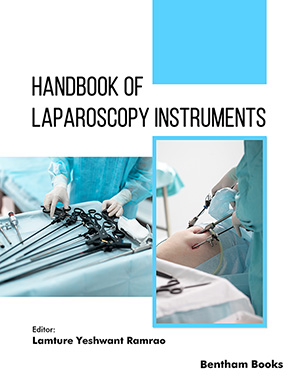Abstract
Background and Objective: Patients with transient ischemic attack(TIA)occasionally showed nonfocal symptoms, such as decreased consciousness, amnesia and non-rotatory dizziness. This study intended to evaluate the effect of nonfocal symptoms on the prognosis of patients with TIA.
Methods: Data from the prospective hospital-based TIA database of the First Affiliated Hospital of Zhengzhou University were analyzed. The predictive outcome was stroke occurrence at 1 year. Cumulative risks of stroke in patients with and without nonfocal symptoms were estimated with Kaplan-Meier models.
Results: We studied 1384 patients with TIA (842 men; mean age, 56±13 years), including 450 (32.5%) with nonfocal symptoms. In the first year after TIA, stroke occurred in 168(12.1%) patients. There was no difference in the risk of stroke between patients with both focal and nonfocal symptoms and patients with focal symptoms alone (11.8% vs 12.4%, log-rank; P=0.691).
Conclusions: The occurrence of nonfocal symptoms did not increase the risk of stroke at one-year follow-up compared to the occurrence of focal symptoms alone.
Keywords: Transient ischemic attack, nonfocal symptoms, stroke, prognosis, diffusion-weighted imaging
Current Neurovascular Research
Title:Nonfocal Symptoms in Patients with Transient Ischemic Attack and Association with Stroke Risk
Volume: 18 Issue: 5
Author(s): Shuxiang Yang, Lu Zhao*, Lulu Pei, Shuang Cao, Yuan Gao, Hui Fang, Kai Liu, Shilei Sun, Jun Wu, Bo Song and Yuming Xu
Affiliation:
- The First Affiliated Hospital of Zhengzhou University, Zhengzhou, Henan Province,China
Keywords: Transient ischemic attack, nonfocal symptoms, stroke, prognosis, diffusion-weighted imaging
Abstract: Background and Objective: Patients with transient ischemic attack(TIA)occasionally showed nonfocal symptoms, such as decreased consciousness, amnesia and non-rotatory dizziness. This study intended to evaluate the effect of nonfocal symptoms on the prognosis of patients with TIA.
Methods: Data from the prospective hospital-based TIA database of the First Affiliated Hospital of Zhengzhou University were analyzed. The predictive outcome was stroke occurrence at 1 year. Cumulative risks of stroke in patients with and without nonfocal symptoms were estimated with Kaplan-Meier models.
Results: We studied 1384 patients with TIA (842 men; mean age, 56±13 years), including 450 (32.5%) with nonfocal symptoms. In the first year after TIA, stroke occurred in 168(12.1%) patients. There was no difference in the risk of stroke between patients with both focal and nonfocal symptoms and patients with focal symptoms alone (11.8% vs 12.4%, log-rank; P=0.691).
Conclusions: The occurrence of nonfocal symptoms did not increase the risk of stroke at one-year follow-up compared to the occurrence of focal symptoms alone.
Export Options
About this article
Cite this article as:
Yang Shuxiang, Zhao Lu *, Pei Lulu , Cao Shuang , Gao Yuan , Fang Hui , Liu Kai , Sun Shilei , Wu Jun , Song Bo and Xu Yuming , Nonfocal Symptoms in Patients with Transient Ischemic Attack and Association with Stroke Risk, Current Neurovascular Research 2021; 18 (5) . https://dx.doi.org/10.2174/1567202619666211217124919
| DOI https://dx.doi.org/10.2174/1567202619666211217124919 |
Print ISSN 1567-2026 |
| Publisher Name Bentham Science Publisher |
Online ISSN 1875-5739 |
 37
37
- Author Guidelines
- Graphical Abstracts
- Fabricating and Stating False Information
- Research Misconduct
- Post Publication Discussions and Corrections
- Publishing Ethics and Rectitude
- Increase Visibility of Your Article
- Archiving Policies
- Peer Review Workflow
- Order Your Article Before Print
- Promote Your Article
- Manuscript Transfer Facility
- Editorial Policies
- Allegations from Whistleblowers
Related Articles
-
Whole body vibration training improves walking performance of stroke patients with knee hyperextension: a randomized controlled pilot study
CNS & Neurological Disorders - Drug Targets Functions and Mechanisms of Green Tea Catechins in Regulating Bone Remodeling
Current Drug Targets Current Metabolomic Methodologies & their Application to Thermal Stress
Current Metabolomics The Role of Diabetes Mellitus in Diseases of the Gallbladder and Biliary Tract
Current Diabetes Reviews Development of Glimepiride Loaded Sustained Release Microparticles Using Tubular Microreactor
Micro and Nanosystems Diltiazem Analogues: The Last Ten Years on Structure Activity Relationships
Current Medicinal Chemistry The Underestimated Role of Mechanical Stimuli in Brain Diseases and the Relate d In Vitro Models
Current Pharmaceutical Design Adrenomedullin Expression in Alzheimer's Brain
Current Alzheimer Research Factors Associated with Primary Hypertension in Pediatric Patients: An Up-to-Date
Current Pediatric Reviews CD40L - A Multipotent Molecule for Tumor Therapy
Endocrine, Metabolic & Immune Disorders - Drug Targets New Insights for Multifactorial Disease Therapy: The Challenge of the Symbiotic Drugs
Current Drug Therapy Perspectives on Development and Regulation of Therapeutic Products for CED-Based Therapy of Neurodegenerative Diseases
Current Pharmaceutical Biotechnology Cardiovascular Disease: From Diagnosis to Therapy
Current Medicinal Chemistry Editorial [PCI and Stable Coronary Heart Disease - COURAGE to Change Our Minds?]
Current Vascular Pharmacology The Role of the Methoxyphenol Apocynin, a Vascular NADPH Oxidase Inhibitor, as a Chemopreventative Agent in the Potential Treatment of Cardiovascular Diseases
Current Vascular Pharmacology Cardiotonic Steroids in Adaptation to Dietary Salt Intake
Current Clinical Pharmacology Cannabinoids
Current Drug Targets - CNS & Neurological Disorders Editorial [Hot Topic: Naked Plasmid DNA for Gene Therapy (Guest Editors: Munehisa Shimamura & Ryuichi Morishita)]
Current Gene Therapy The Concomitance of Hypertension and Diabetes Exacerbating Retinopathy: The Role of Inflammation and Oxidative Stress.
Current Clinical Pharmacology Therapeutics for the Management of Cytokine Release Syndrome in COVID-19
Current Topics in Medicinal Chemistry









